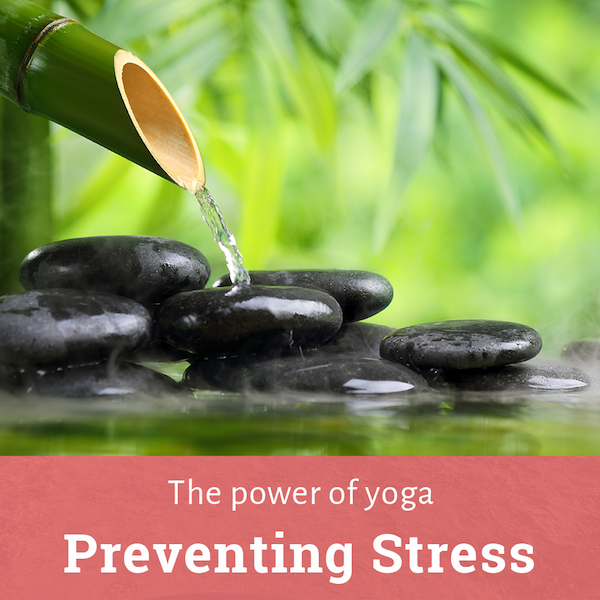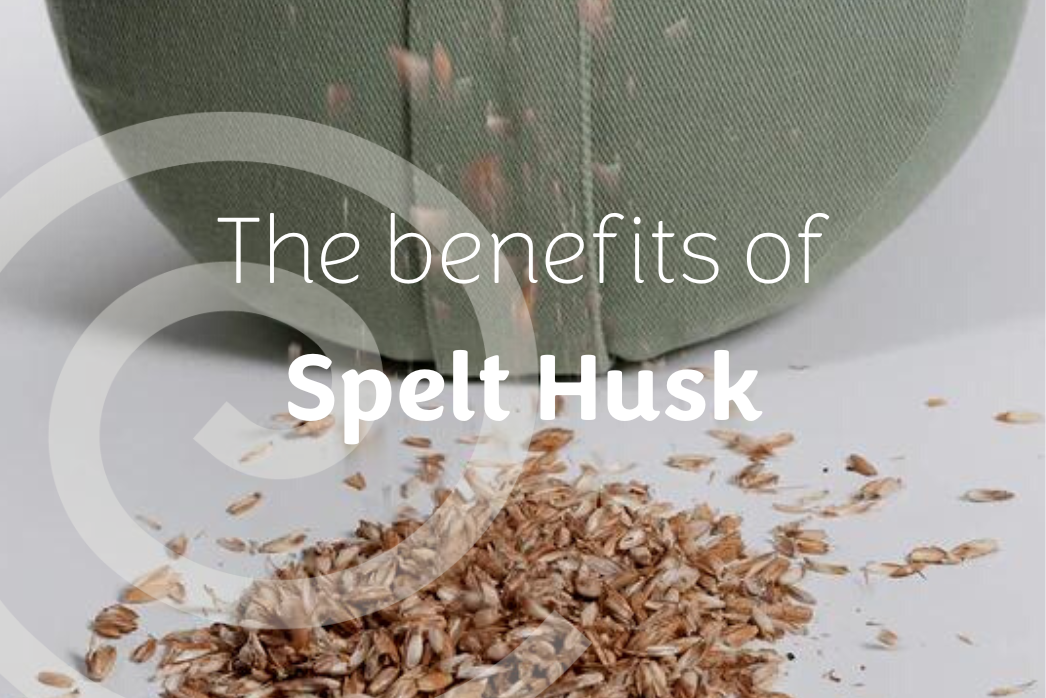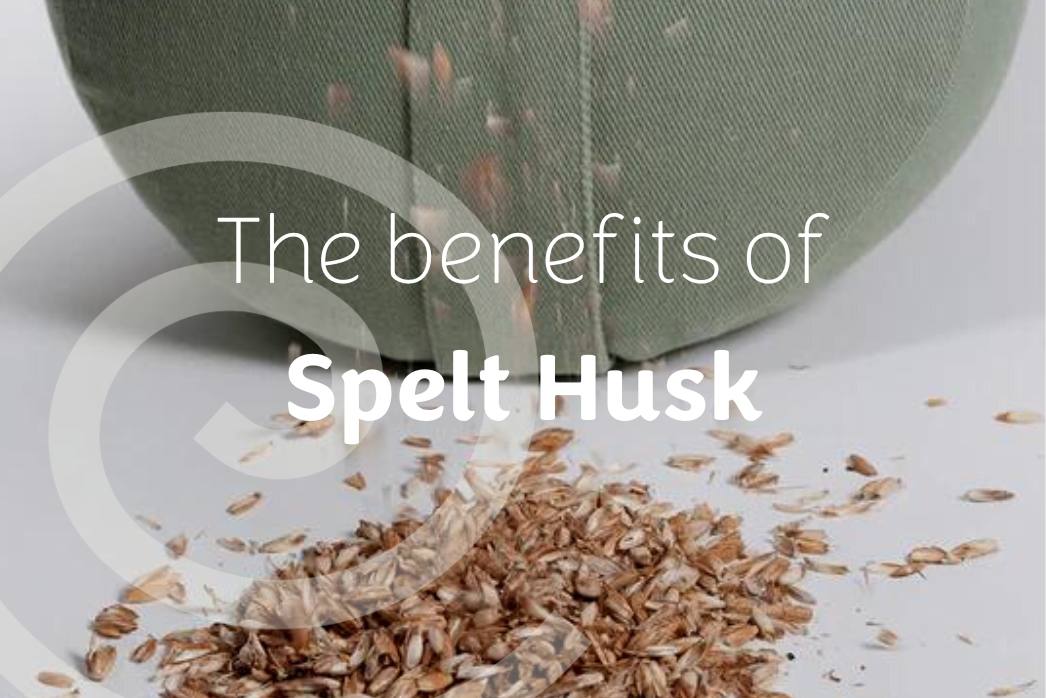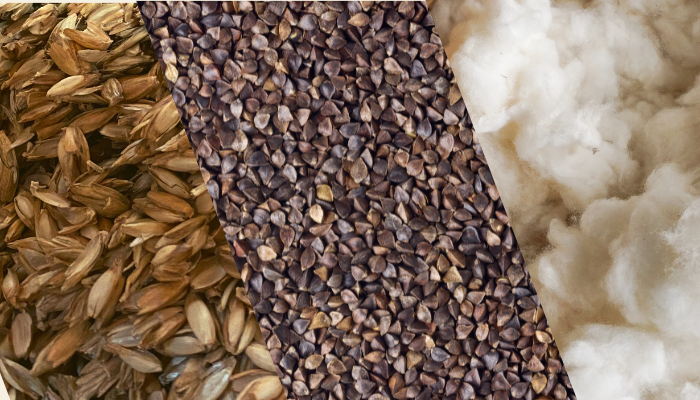Practising yoga to prevent stress

We all experience stress from time to time in our lives. Stress heightens our alertness to any present danger and can be beneficial. However, far too many of us suffer from chronic stress that causes a nagging feeling and persistent alertness. Such stress is highly detrimental to our wellbeing and can wreak havoc on our bodies.
Here are three ways in which taking up regular yoga practice can help relieve stress.
1. Yoga relaxes the mind and body
Stress causes our bodies to tense up leaving us feeling on edge. This can work the other way too, as when our bodies become tense our mind often follows. The physical aspects of Yoga can work as a massage, relaxing our muscles and tissues, helping us to feel loose and free. When the body feels good so does the mind.
During stressful periods of our lives, we tend to over-think our problems, and this leads to a recurring cycle of negative thought, making the problem seem insurmountable. By practising yoga, we begin to focus our attention elsewhere - on the pose, the breath, and the gaze.
I strongly recommend beginning and ending your day with a meditation. Find a physical space of peace, use a meditation cushion and blanket, burn incense or light a candle. The small rituals begin to add to the relaxation. When we sit, we often come up with solutions that we weren't able to think of before.
2. Yoga improves your breathing
Breathing is deeply connected to our nervous system. When we are suffering from stress, we become anxious and take fast shallow breaths, which can induce a feeling of panic. Practising yoga ensures that we focus on taking long deep breaths that help to relax our nervous system.
Breathing is an essential aspect of yoga, and it teaches us to do so by using the diaphragm and the entirety of our lung capacity. After some time, this will become second nature and help prevent stress.
3. Yoga teaches us to accept discomfort
Yoga involves some quite into unusual positions for those of us with a 'western' lifestyle. As you advance in your practice, these poses can become increasingly difficult. Holding some of the poses, especially for prolonged periods, can sometimes become uncomfortable - 'the edge'.
They become more comfortable with time, as we learn to breathe into the postures and accept them as our present truth. This lesson applies in real life too. When faced with uncomfortable situations or conflicts, yoga teaches us to return to the breath, accept the situation, and free our minds to look for a solution.
Top tips for meditation:
Dip your toes into Yoga nidra. This is slightly different from meditation. If you are able, it is absolutely wonderful in mid-afternoon when our energy begins to decline. There are many resources online (or speak with your yoga teacher). Try a free download on the yoga nidra network to get you started. https://www.yoganidranetwork.org/downloads
Comfort is vital if you wish to meditate regularly. If you need to lie down, use a bolster (yoga pillow) or regular pillow under your knees. If you are seated (ideal position) use a zafu/meditation cushion - we recommend our organic cotton variety filled with buckwheat hulls! Crescent-shaped if you are stiff, round if you are very open. Make sure you are warm...and try not to fall asleep!










Leave a comment